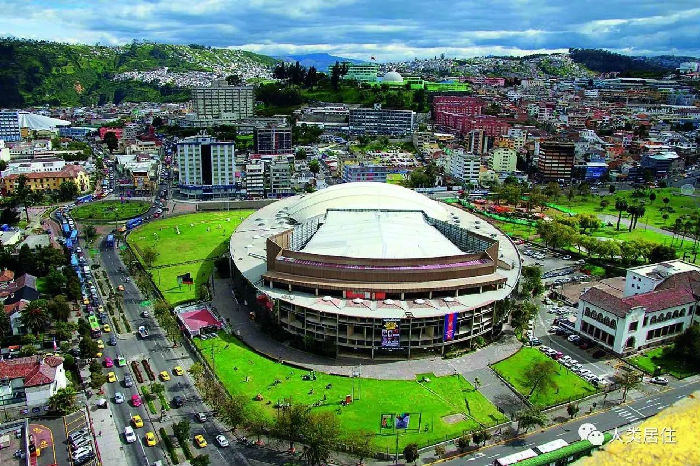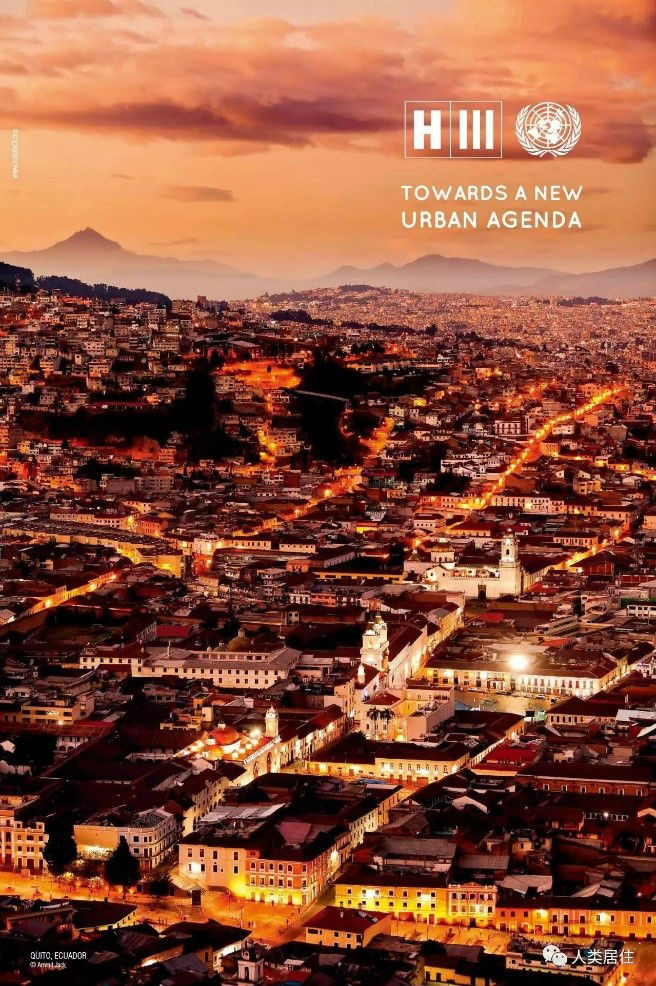



On January 1, 2002, the United Nations General Assembly adopted resolution A/56/206, which strengthened the mandate of UN Centre for Human Settlements and elevated it to a full-fledged institution within the United Nations system. This gave birth to The United Nations Human Settlements Programme (UN-Habitat).
UN-Habitat consists of three main bodies:
(1) the Governing Council (GC), which sets the main strategic and policy directions of UN-Habitat and approves the program and budget. The GC is composed of 58 member states and is elected by the Economic and Social Council (ECOSOC) of the United Nations General Assembly. The Governing Council meets every two years.
(2) The Committee of Permanent Representatives (CPR), which is composed of representatives of the resident UN-Habitat secretariats of the member states.
(3) The UN-Habitat Secretariat (Secretariat), which is responsible for the day-to-day work of UN-Habitat and consists of: the Urban Planning and Design Branch, the Urban Economy Branch, the Urban Basic Services Branch, the Housing and Slum Upgrading Branch, the Disaster Mitigation and Rehabilitation Branch, the Research and Capacity Building Branch, the Urban Legislation and Management Branch, and the Office of the Executive Director of UN-Habitat.
Ms. Anna K. Tibaijuka (1950-) was the first Executive Director of UN-Habitat; in 2010, Dr. Joan Clos (1949-) took over as Executive Director of UN-Habitat and was re-elected in 2014. In the same year, Dr. Clos became the Secretary-General of the UN Habitat III Conference.
On December 21, 2009, the United Nations General Assembly, in its resolution 64/207, requested the Secretary-General to prepare, in cooperation with the UN-Habitat Governing Council, a report on the convening of Habitat III in 2016. On August 9, 2011, UN Secretary-General Ban Ki-moon presented a report to the UN General Assembly on the preparations for Habitat III. The report analyzes current urban challenges, including (1) climate change and urban risk, (2) slum prevention, upgrading and housing, (3) economic development challenges, (4) social and spatial challenges, and (5) insecurity and crime; and highlights future challenges and opportunities for sustainable urbanization. The report recommends that the Habitat III conference be held on time in 2016 and that a new development agenda be proposed to address the new challenges facing cities and their new role. The report also recommends that Habitat III should also consider how to strengthen the institutional framework for housing and sustainable urban development.
On September 17, 2014, the first meeting of the UN Habitat III Preparatory Committee opened at UN Headquarters in New York. In his message, Ban Ki-moon noted that urbanization is a driver and source of growth. By mid-century, the global urban population is expected to increase to two-thirds of the total population, and almost all of the new urban population will come from developing countries. As the international community works to shape the post-2015 global development agenda, the role of urbanization in promoting sustainable development is growing, and the United Nations should continue to work to promote equal development in urbanized villages, towns and cities, and among nations. Urbanization can affect everyone. It has the power to transform and raise people's standards of living. Urban areas are at the heart of many great challenges, opportunities and promises. As we work to shape the post-2015 development agenda, the role of urbanization in supporting sustainable development is growing. Ban said that in preparation for Habitat III, the world will exchange views on the implementation of Habitat II and the Istanbul+5 outcomes, which will provide an opportunity to This will provide a unique opportunity to strengthen the solidarity of the international community.
Dr. Carlos, Executive Director of UN-Habitat, stated that Governments, local authorities and international agencies should place the urban challenges of the twenty-first century at the forefront of their priorities. "The theme of Habitat III was defined as "Exploring sustainable urbanization and the future of our existing cities".
After several rounds of consultations, the UN General Assembly announced on December 19, 2014 that the Government of Ecuador has committed to host Habitat III, which will be held in Quito, the capital of the Inca Empire at the end of the 15th century, a World Cultural and Natural Heritage site with an altitude of 2,850 meters and a population of 1.84 million.

The Ecuadorian House of Culture in Quito - the main venue of the Habitat III Conference

The UN Habitat III Conference is held in the historic city of Quito
Source:
e8a63732a43654845a06028240a1bd8b3a0bddf433&scene=27#wechat_redirect>
Translated by Chen Yan